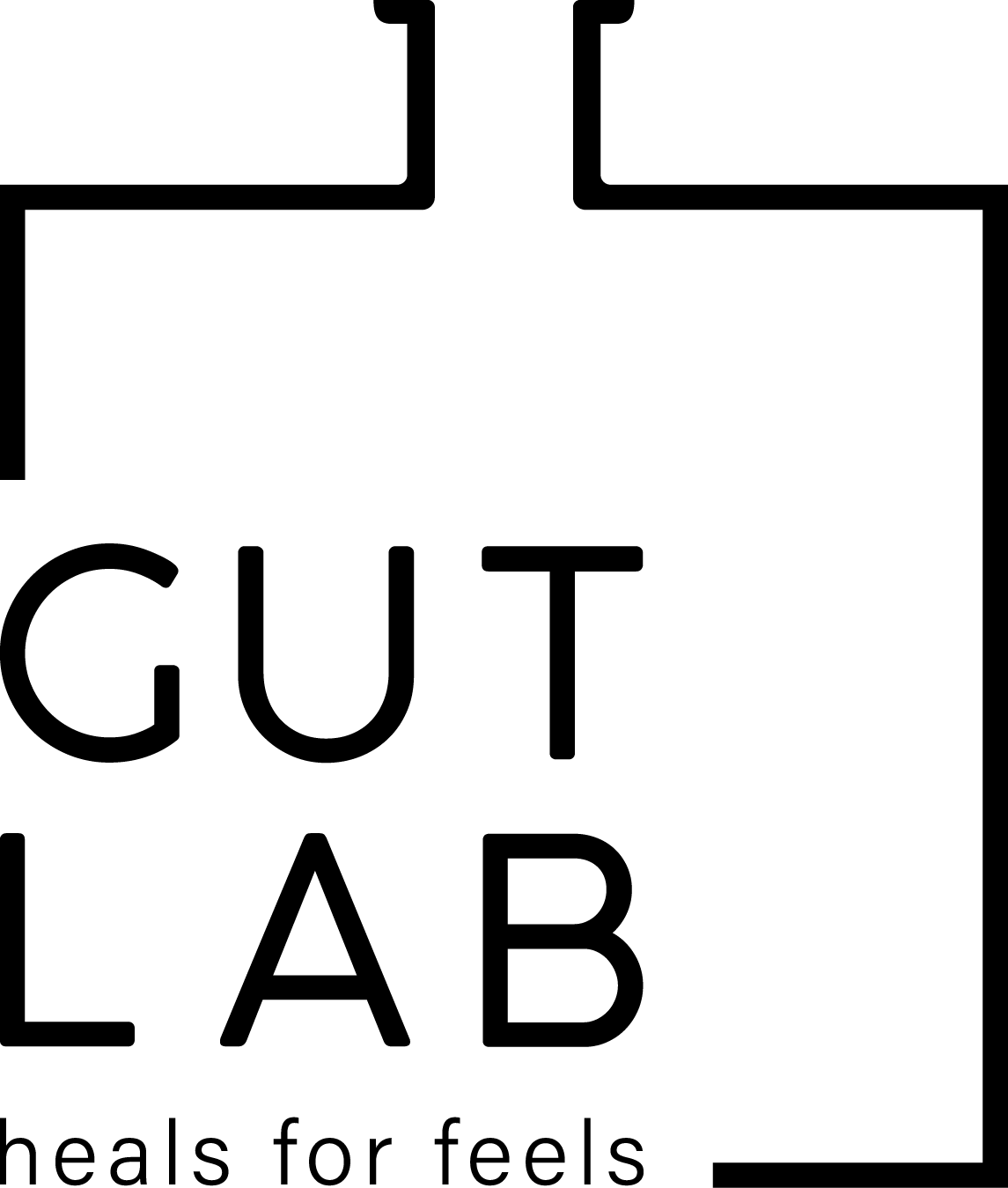Immunity & wellbeing depend on environmental microbes!
Hippocrates was right when he said ‘it all begins in the gut’. A healthy and diverse gut microbiome is imperative to overall health, immunity, digestion and even mood regulation. In recent years research on the human microbiome has extended beyond the gut, and scientists are now learning about the influences of microbe populations in other areas of the body on our overall health.
Some areas with important microbe populations are known as:
Skin biome
Mouth biome
Lung & respiratory biome
Maternal microbiome
Reproductive microbiomes
Eye biome
We exist in balance with natures microbes
The human body is an ecosystem
It turns out, isolation is not ideal for our bodies. In nature, a ‘biome’ refers to the naturally occurring microbes and living parts of any habitat. As flora and fauna make up a forest biome, the microbial populations that reside within human tissues make up the human microbiome, and they interact with our environment. Think ‘Avatar’ the movie, where the animals, earth and vegetation are as integral to individual health as to the collective health of the whole planet. Like an ecosystem in nature, the human body biomes are dependent on biodiversity and a balance of good and bad microbes, which interact and live in synergy with body tissues and processes to exhibit good health. Our interactions with each other and our environment are integral to our health and ecosystem maintenance. You could say, "community is immunity , and as such, infectious disease specialist Stanley Falkow from Stanford University states ‘our own survival is likely dependant on the presence of (all) those microorganisms’. See this quote and more about the human body as an ecosystem HERE.
Your gut microbiome, immune system, and your skin biome.
Achieving and maintaining an optimally functioning gut is key to overall wellness and immune defences. 70% of your immune cells are produced in your gut, and a robust immune system relies on exposure to microbes in order to maintain immune integrity. Gut microbiome health also facilitates correct nutrient absorption and protection from toxins entering the bloodstream. As with the gut biome, the health and function of the skin biome requires healthy microbial populations to ensure the skins integrity and protective barrier function is maintained. Constant exposure to microbes is essential to maintaining skin health.
Your gut and skin microbiomes’ begin to develop the moment you are born, as you exit the birth canal, collecting microbes from your mother on the way out. Renowned gastroenterologist and microbiome expert Dr Robynne Chuktan delivers excellent descriptions of how microbial populations throughout the gut not only contribute to health, but that health is in fact dependant on them. Check her out in her ‘Live dirty, eat clean’ talk HERE.
What about hand sanitiser?
Just as antibiotics destroy the good and bad bacteria in your gut (enabling dysbiosis and various gastrointestinal problems), antimicrobial hand sanitisers destroy the good and bad bacteria living on your skin. When your skin is sterilised excessively the protective microbial populations are wiped out, potentiating an imbalanced skin biome. Symptoms can include rashes, dryness, cracked skin and eczema. This 2016 article from the Journal of the European Academy of Dermatology and Venerology can give you a greater understanding of the human skin microbiome and its role in skin disease and health. And for more about how to care for your gut after antibiotics, see my video HERE.
So what can you do to maintain microbiome and skin biome health?
Use this knowledge and make your own decisions on what you think is sensible in each daily situation. If you get dry skin then applying hand sanitiser all day might contribute to poor skin health, so perhaps minimise its use. If you spend lots of time interacting with the environment your skin biome will benefit from microbe exposure, which is a win (gardening, anyone?). WASHING your hands is a great way to address hygiene without the effects of potentially harmful sanitisers. and given we might be needing it for months to come, you might like to try a DIY natural hand sanitiser recipe like this one, which is safe for kids and doesn’t destroy your skin biome.
And of course, looking after your immune system means looking after your gut health. Two key things to consider for your gut health are:
1. The integrity of your mucosal gut lining. Your intestines are essentially a big long tube where nutrient absorption happens, and waste is prepped for elimination. You want the mucosal walls of your tube to be in top condition, no leaks or holes, so that effective nutrient absorption can occur without dodgy toxins or waste getting through unwanted cracks into your bloodstream and wreaking havoc on your body. You also need a good mucosal lining surface for your microbiome to flourish on, enabling many different cellular operations to occur, including the production of uber-important immune cells. Our numero uno gut-wall-integrity protocol is slow cooked, collagen rich bone broth.
2. The diversity of your gut microbiome. Key word – DIVERSITY. Our gut microbiome literally depends on exposure to all sorts of microbes. A healthy gut biome consists of billions of various types of bacteria and other microbes, which you obtain and maintain via two key methods.
Consume probiotic foods such as fermented dairy (unpasteurised preferably) and fermented veggies. Think kefir, natural yoghurt, kimchi, sauerkraut.
Consume prebiotics, in the form of organic veggies. These fibres feed the good bacteria in your gut and enable them to proliferate.
The time is now to get a handle on your gut health properly, for REAL and for GOOD. If you would like one-on-one nutritional assistance, I would love to get to the bottom of your gut issues with you in online sessions. Please please click HERE to enquire about a 3 x one-on-one gut healing nutrition consult & resources package. Stay healthy… and not toooo sterile!
Love, Sarah.



